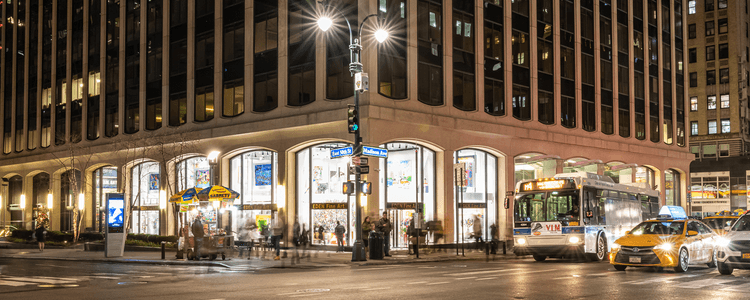Landscape and nature painting, a genre that has fascinated artists and audiences for centuries, is a form of art that portrays the natural environment, often with a focus on beauty, grandeur, and tranquility. This genre encompasses a wide array of styles and techniques, reflecting the diverse and ever-changing relationship between humans and their environment.

Nature's Canvas: The Journey of Landscape Art
Updated: January 09 2024
Historically, landscape painting wasn't always regarded as a prestigious genre. In Western art history, it often played a secondary role to subjects like history, portraiture, or religious themes. However, this changed during the Renaissance when artists like Albrecht Dürer began to appreciate nature for its own sake, leading to a gradual elevation of the landscape genre.
The Dutch Golden Age saw a significant rise in landscape painting. Artists like Jacob van Ruisdael and Aelbert Cuyp depicted their homeland with remarkable attention to detail, light, and atmosphere. These works were not just aesthetically pleasing; they also served as symbols of national pride and personal contemplation.
The Romantic era brought a new dimension to landscape painting. Artists like J.M.W. Turner and Caspar David Friedrich infused their landscapes with emotion, often using them as a means to explore themes of awe, terror, and the sublime. Nature, in these works, was a powerful force, inspiring and humbling in equal measure.
In the 19th century, the Impressionists revolutionized landscape painting. Artists like Claude Monet and Vincent van Gogh shifted the focus to the play of light and color, often painting en plein air (outdoors) to capture the transient effects of sunlight and weather. Their work emphasized the fleeting moments of beauty found in the natural world.
The 20th century and beyond have seen further diversification in landscape painting. Abstract landscapes, for instance, use color, shape, and form to convey emotions and impressions rather than detailed, realistic depictions. Meanwhile, contemporary artists might incorporate political or environmental themes, reflecting the current concerns about nature and our place within it.
Landscape painting also varies significantly across different cultures. For example, traditional Chinese landscape painting, known as 'shan shui,' places great emphasis on harmony and the spiritual element of nature, often using brushwork that is as much calligraphic as it is pictorial.
In summary, landscape and nature painting is a genre that has evolved considerably over time. It is not merely a representation of the physical world but a canvas upon which artists project their thoughts, feelings, and philosophies. From the detailed Dutch landscapes to the emotional Romantic vistas and the modern abstract interpretations, this genre continues to offer a rich and varied exploration of our relationship with the natural world.
RELATED ARTICLES

EDEN
Updated: October 29, 2025Inside the Minds of EDEN Art Collectors
The Collectors Behind the Canvas offers an intimate look into the lives of EDEN collectors around the world. From Abu Dhabi to Dubai, discover how Dan and Nadia Feldman and Yann and Lana Biojau live surrounded by color, creativity, and meaning—revealing ...

EDEN
Updated: November 14, 2025How to Buy Art from EDEN
How to Buy Art from EDEN is your step-by-step guide to collecting art with confidence and joy. From discovering artists online to receiving personalized consultation and seamless delivery, EDEN transforms buying art into a meaningful, guided experience ...

EDEN
Updated: October 14, 2025EDEN Gallery Madison – A Chapter Closed, A Spirit That Lives On
EDEN Art Gallery Madison opened in 2009 at 437 Madison Avenue, NYC, and remained active until 2025. Although EDEN Madison closed, its influence continues through our larger galleries in SoHo and on Fifth Avenue. The EDEN Madison story is one of growth, ...
Join Our
Stay updated with the latest from the EDEN House of Art—be the first to discover new events, collections, and more!




